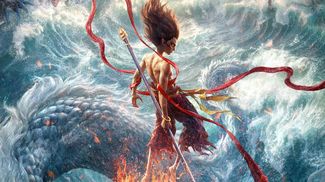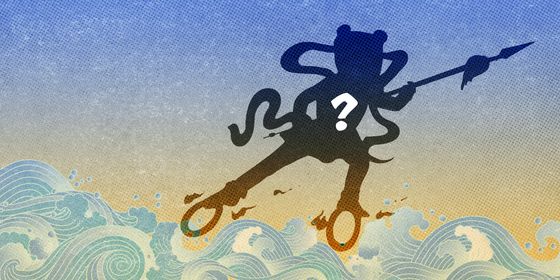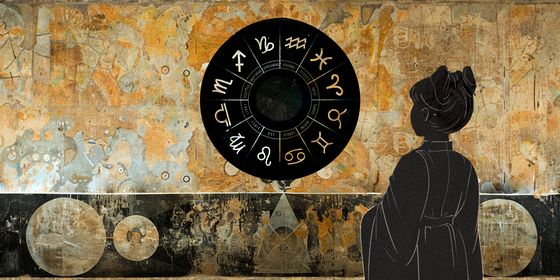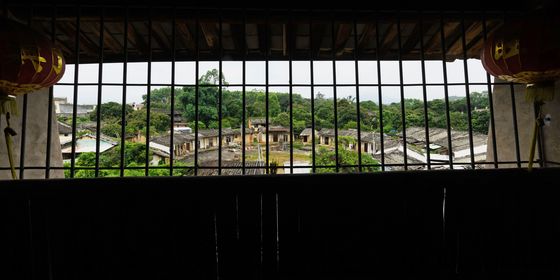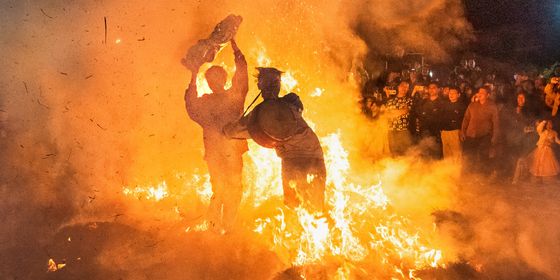In this episode, TWOC follows in the ancient footsteps of the legendary wandering monk Xuanzang and his modern-day equivalent, Rizhao, through the vast Gobi desert, exploring the beliefs that drove them
The historical network of trade routes known as the Silk Road, due to the commerce in silk that dated back to the Han Dynasty (206 BCE–220 CE), was a vital conduit between East and West. Along these terrestrial and maritime routes from Asia through the Middle East to southern Europe travelled all manner of things good and bad—from arts and culture, to slaves and disease.
The “Four Great Inventions” (the compass, gunpowder, paper-making, printing), silk and satin, countless teas and ceramics went out west, while Buddhist culture, ferghana horses, Western music, grapes, tomatoes, cotton, and tobacco were also introduced to China.
This route also gave the renowned wanderer-monk Xuanzang (玄奘) many near-death experiences in the vast Gobi desert. On September 9th, 2017, another monk called Rizhao embarked on the journey, taking the same road as Xuanzang took. After six months of ascetic journeying, Rizhao completed his mission. What were his intentions, and what kind of insights did he want to share?
In this episode, The World of Chinese takes you in the footsteps of Xuanzang and Rizhao, and explores the beliefs that drove them.
One Belt, One Road: Xuanzang’s Road – Part 1
One Belt, One Road: Xuanzang’s Road – Part 2


